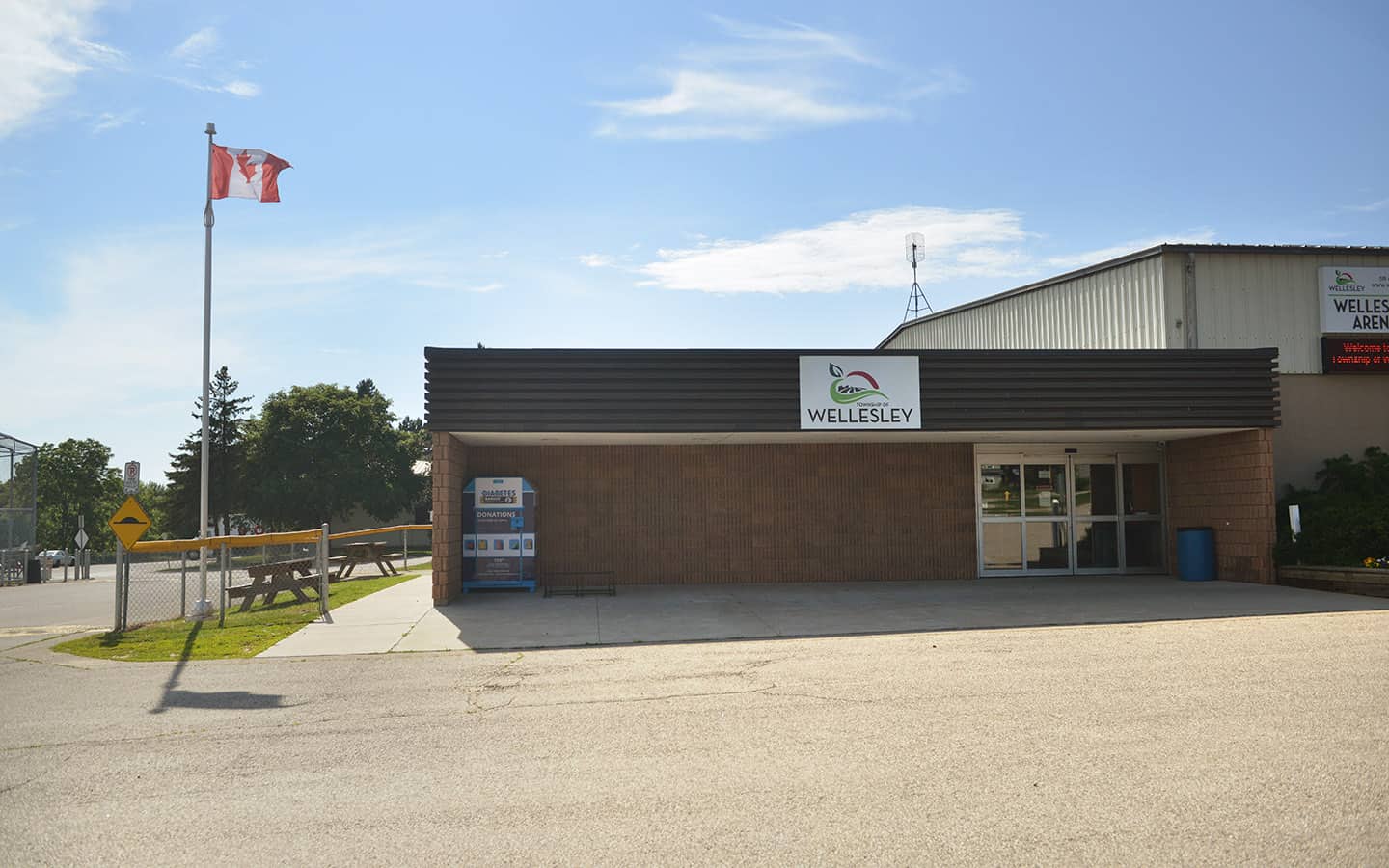It’s said life moves a little slower out in the country, and for the most part it’s an expression that holds up. But out on the rural highways, the story becomes all together less certain. As last month’s three-vehicle collision on Sawmill Road at west-end of Conestogo village showed, getting drivers to slow down remains a challenge in residential areas.
Fast traffic is doubly concerning at the Sawmill Road/Northfield Drive intersection for its proximity to Conestogo Public School and a 40km/h school zone, which starts just east of the intersection and runs for 420 metres to Glasgow Street.
Conestogo residents argue that more needs to be done to enforce the speed limit on Sawmill; the Region of Waterloo counters that steps have been taken to do just that, while traffic data collected shows the majority of vehicles obeying the 40km/h posted speed limit.
“The speed of traffic coming through that section of Conestogo near the school, that’s probably one of our slowest operating roadways in the region for a regional road,” noted manager of transportation engineering Bob Henderson.
But is that assessment supported by the facts? The region periodically conducts traffic and speed counts along its roads, and a traffic study carried out on Sawmill Road over a 24-hour period in October of 2018 paints a contradictory picture.
On the one hand, the data shows that the vast majority of drivers travelling between Northfield Drive and Glasgow on the 420-metre school zone obeyed the speed limit. The average speed in this section of road was 46km/h, while 85 per cent of all vehicles counted travelled at or below 53km/h.
In fact, just a tiny fraction of drivers, or less than three per cent, were seen going 60km/h or faster in the school zone.
However, that’s still three per cent of a total of 8,454 drivers recorded travelling that stretch of Sawmill in a day. That means of those over 8,000 drivers, 238 were going at least 20km/h above the speed limit. That’s almost 10 drivers an hour driving well above the 40km/h limit.
What’s more, the data set is broken up into 15-minute intervals, meaning officials can measure when and how often drivers were speeding through the Conestogo school zone. And what the data shows is that these instances of speeding were spread out fairly evenly throughout the day.
From 5:15 a.m. until 10 p.m., an observer watching traffic along the road could expect to see at least three cars zipping through the school zone in any given 15-minute period.
Between 7:30 a.m. and 7:45, for example, five cars were caught going above 60km/h in the school zone. Between 7:45 and 8 a.m., that figure jumped to 14 speeding vehicles. In fact, over that 17-hour period, there was always at least one driver speeding every 15 minutes for at least 90 per cent of the time.
That means that no matter the time of a day, a Conestogo resident out walking their dog along Sawmill, taking their children to school or just going for a stroll, is almost guaranteed to see several cars going too fast through the school zone, even if the majority of the traffic is obeying the posted limit.
The data is further broken down by direction of travel, giving more clues into where the problems lie. The Conestogo school zone lies on the west end of the village, near the settlement limits. So, perhaps unsurprisingly, it was the eastbound traffic – or the traffic entering into the village from the west end – that was shown to be noticeably faster than westbound traffic leaving the village.
Of the 238 cars travelling 60km/h or over, 149 were travelling eastbound, while 89 were going west. That suggests that cars are simply not slowing down as they enter the village along the 80km/h highway; the speed limit drops to 50km/h road just before the Northfield intersection, and then slows down further to a 40km/h zone.
The Region of Waterloo has implemented measures to slow down traffic, noted Henderson.
“The section between Northfield and I’d say Golf Course Road, the more built up area, that was recently reconstructed by the region,” said Henderson. “There were facilities put in to accommodate bicycles. The road was narrowed to facilitate the bicycles and to slow down traffic; there were pedestrian refuge islands put in to slow down traffic and to be quite honest, it’s one of our slowest operating roadways in the region.”
Whether these measures will be enough to curb those outliers will be determined by future traffic studies.









